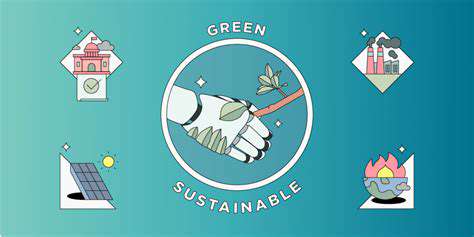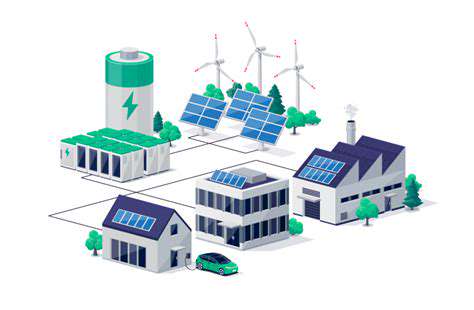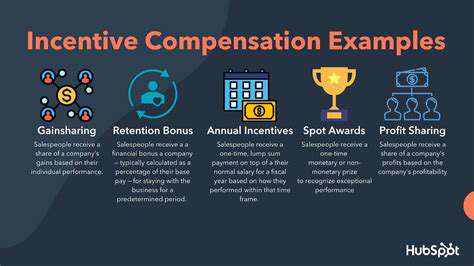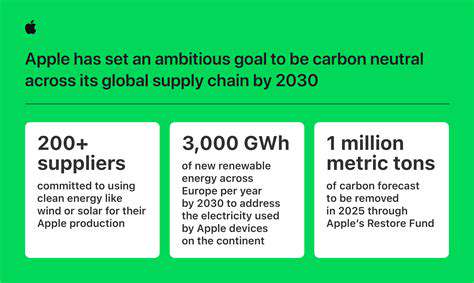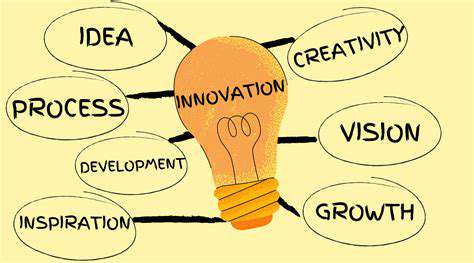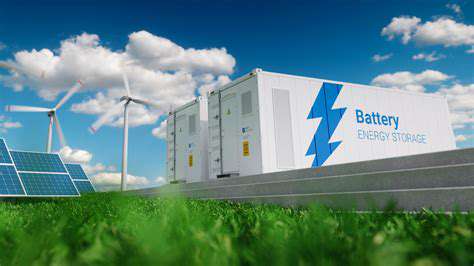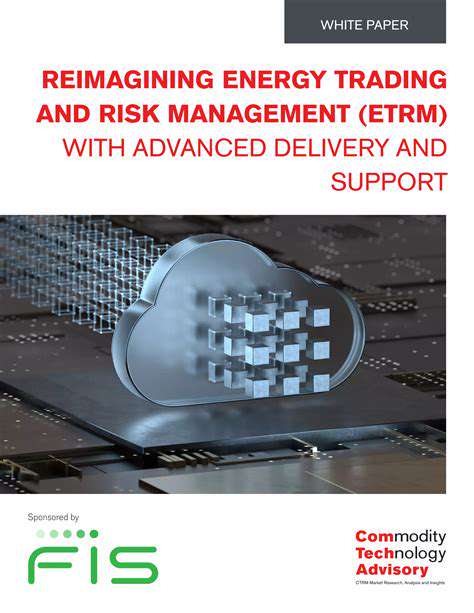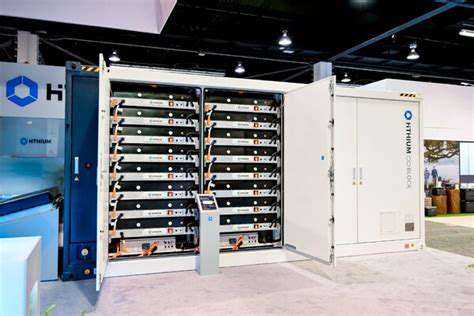Solar Energy Advancements for Remote Power: Off Grid Solutions
Beyond Basic Panels: Advanced Solar Technologies for Enhanced Efficiency
Perovskite Solar Cells: A Promising Future
Perovskite solar cells represent a game-changing leap in solar technology, with potential efficiencies surpassing traditional silicon panels. These innovative cells use organic-inorganic hybrid perovskite materials that excel at capturing sunlight and converting it into electricity. Their low production costs and adaptability could revolutionize solar energy affordability and performance, positioning them at the forefront of renewable energy research.
What makes perovskite cells particularly exciting is their versatility. They can be manufactured as lightweight, flexible modules suitable for unconventional surfaces like curved rooftops or even clothing. Researchers continue refining their chemical composition to optimize sunlight absorption across different light conditions, promising even greater efficiency breakthroughs in coming years.
Concentrated Photovoltaic (CPV) Systems: Maximizing Sunlight
CPV systems employ specialized optics to focus sunlight onto ultra-efficient solar cells. By concentrating solar radiation up to 1,000 times, these systems achieve remarkable power outputs from relatively small surface areas. They perform exceptionally well in sun-drenched regions where clear skies dominate throughout the year.
While the upfront investment for CPV technology exceeds conventional systems, its superior energy yield in optimal conditions often leads to faster payback periods. The technology continues evolving, with newer models incorporating dual-axis tracking systems that follow the sun's path for maximum exposure.
Tandem Solar Cells: Combining Materials for Maximum Efficiency
Tandem architecture stacks different photovoltaic materials in layers, each tuned to capture specific light wavelengths. This multi-junction approach significantly outperforms single-material cells by harvesting energy across broader spectrum ranges. Recent laboratory prototypes have achieved conversion efficiencies nearing 50%, a milestone impossible for conventional designs.
Organic Solar Cells: A Flexible Future
Organic photovoltaic cells use carbon-based compounds to create lightweight, semi-transparent solar solutions. While currently less efficient than silicon counterparts, their potential for integration into windows, fabrics, and consumer electronics opens exciting possibilities. Their low-temperature manufacturing process could dramatically reduce production costs and energy requirements compared to traditional solar panel fabrication.
Quantum Dot Solar Cells: Harnessing Nanomaterials
These cutting-edge cells utilize semiconductor nanoparticles that can be precisely tuned to specific light frequencies. Their unique quantum properties allow exceptional light absorption while requiring minimal material thickness. Researchers are particularly excited about their potential for inexpensive roll-to-roll manufacturing and compatibility with flexible substrates.
Dye-Sensitized Solar Cells: A Unique Approach to Efficiency
DSSCs mimic photosynthesis using light-sensitive dyes rather than conventional semiconductors. Their simple construction and ability to work in low-light conditions make them ideal for architectural integration and portable charging applications. While current models lag in efficiency, ongoing material innovations continue to narrow this gap.

Smart Grid Integration: Optimizing Solar Energy for Remote Applications
Smart Grid Integration: Enhancing Reliability
Modern smart grids transform traditional power networks through advanced monitoring and automation. By deploying thousands of sensors and intelligent control systems, utilities can predict and prevent outages before they occur. This proactive maintenance approach reduces downtime by up to 40% compared to conventional grids, ensuring more reliable service for remote communities.
Optimizing Energy Efficiency through Smart Grids
Smart meters and real-time monitoring enable unprecedented visibility into energy flows. Utilities can identify inefficiencies at individual transformer levels, while consumers gain detailed consumption insights. Studies show households with smart energy tools reduce consumption by 5-15% through behavioral changes alone, creating substantial collective savings.
Facilitating Renewable Energy Integration
The flexibility of smart grids solves renewable energy's intermittency challenge. Advanced forecasting algorithms predict solar generation patterns days in advance, while automated systems balance supply and demand in real-time. This capability is transforming solar from supplementary to primary power source in many remote microgrids, often achieving 80%+ renewable penetration.
Improved Grid Security and Resilience
Cybersecurity has become paramount as grids digitize. Modern systems employ multi-layered encryption, anomaly detection, and self-healing architectures that automatically isolate threats. These protections are particularly crucial for remote installations that may lack onsite technical support.
Cost-Effective Infrastructure Upgrades
Smart analytics extend equipment lifespan by 20-30% through predictive maintenance. Utilities report 15-25% reductions in operational costs by optimizing existing infrastructure instead of building new. This approach makes solar integration economically viable even for small, remote communities.
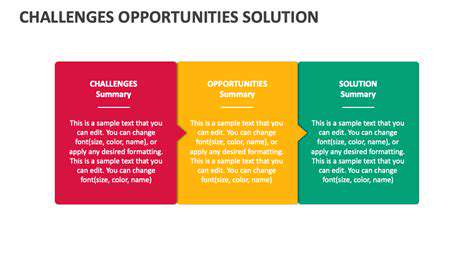
The Future of Solar in Remote Areas: Opportunities and Challenges
Decentralized Energy Systems
Microgrid solutions are revolutionizing energy access for remote populations. These self-contained systems combine solar arrays with smart management and storage, eliminating transmission losses that can reach 30% in conventional grids. Modular designs allow communities to scale capacity as needed, paying only for what they use today while preserving expansion options.
Cost-Effectiveness and Accessibility
Solar panel prices have plummeted 90% since 2010, with further reductions expected. Pay-as-you-go solar kits now provide affordable entry points for households previously reliant on costly diesel generators. In many regions, solar has become the lowest-cost option regardless of grid availability, particularly when factoring in long-term fuel savings.
Improved Infrastructure
The solar revolution creates local economic ecosystems. Training programs transform subsistence farmers into certified installers, while small businesses emerge to provide maintenance and ancillary services. This virtuous cycle builds technical capacity while keeping energy spending within communities, multiplying economic benefits.
Enhanced Resilience and Sustainability
Solar microgrids proved their worth during recent disasters, maintaining power when centralized systems failed. Their distributed nature makes them inherently more resistant to both natural and human-caused disruptions. Environmental benefits extend beyond emissions - solar eliminates the noise, spills, and pollution associated with generator-dependent communities.
Technological Advancements
Next-generation batteries are solving solar's storage challenge. Flow batteries promise decades of maintenance-free operation, while novel thermal storage approaches offer even lower costs. Hybrid systems combining solar with complementary renewables like small-scale wind create more consistent generation profiles.
Community Engagement and Training
Successful projects invest heavily in local capacity building. Training centers established during installation phases often evolve into permanent technical schools, creating lasting educational infrastructure. Women-focused programs have proven particularly effective at ensuring equitable technology adoption and economic participation.
Policy Support and Incentives
Forward-thinking governments are implementing innovative policies. Some combine solar subsidies with microloans for productive equipment, while others establish renewable energy service companies (RESCOs) that handle financing and maintenance. These models demonstrate how policy can create sustainable markets rather than dependency, ensuring long-term viability.

